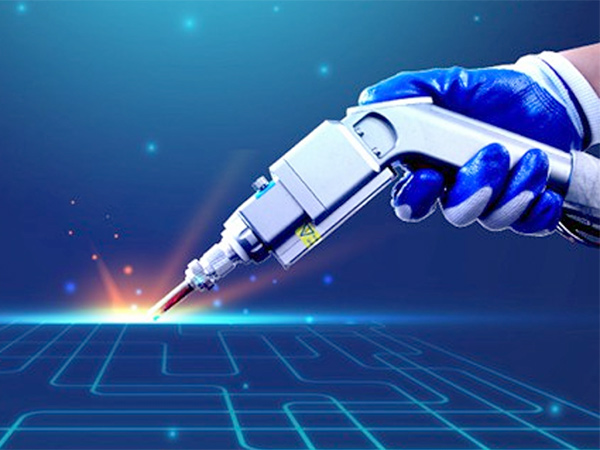Laser welding plays a crucial role in the manufacturing of medical devices. Its applications in the medical field include active implantable medical devices, cardiac stents, plastic components of medical devices, and balloon catheters. To ensure the stability and quality of laser welding, an industrial chiller is needed. TEYU S&A handheld laser welding chillers provide stable temperature control, enhancing welding quality and efficiency and extending the welder's lifespan.
Laser welding is a modern technique that uses high-energy laser beams to melt and fuse materials, playing a crucial role in the manufacturing of medical devices. The main features of laser welding include:
High Precision: The laser beam can be precisely focused, allowing for micron-level fine processing.
High Cleanliness: Produces almost no weld slag or debris, suitable for cleanroom operations.
Small Heat-Affected Zone: Minimizes thermal deformation of materials.
Strong Material Compatibility: Suitable for various materials, including metals and plastics.

Wide Applications in the Medical Field
Active Implantable Medical Devices: Laser welding is used to seal metal housings of devices such as pacemakers and neurostimulators, ensuring device seal integrity and reliability.
Cardiac Stents: Utilized to precisely weld radiopaque markers to stents, aiding in X-ray positioning.
Plastic Components of Medical Devices: Provides seamless, contamination-free connections for parts like earwax protectors in hearing aids and biomedical analyzers.
Balloon Catheters: Achieves seamless connections between the catheter tip and the body, enhancing surgical safety and catheter passability.
Technical Advantages
Improved Product Quality: Precise control of the welding process enhances the overall quality and performance of medical devices.
Shortened Production Cycle: Laser welding is fast and highly automated.
Reduced Production Costs: Minimizes the need for subsequent processing and rework.
Role of Industrial Chillers in Laser Welding
To ensure the stability and quality of laser welding, it is essential to control the heat generated during the process, necessitating the use of industrial laser chillers. TEYU S&A laser welder chillers provide continuous and stable temperature control for laser welding equipment, stabilizing the light output and enhancing welding quality and efficiency, thereby extending the lifespan of the welding equipment. Particularly in the medical field, it ensures the manufacturing quality of high-precision medical instruments.
In the medical field, laser welding technology can complement 3D printing, nanotechnology, and other advanced technologies, providing more possibilities for innovation in medical equipment.
We're here for you when you need us.
Please complete the form to contact us, and we'll be happy to help you.
Copyright © 2025 TEYU S&A Chiller - All Rights Reserved.